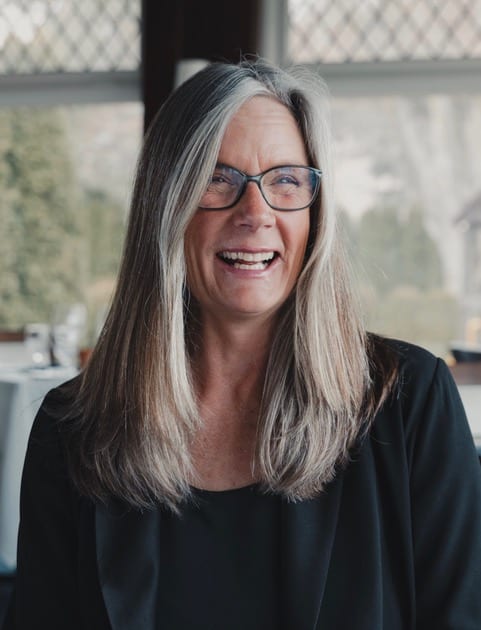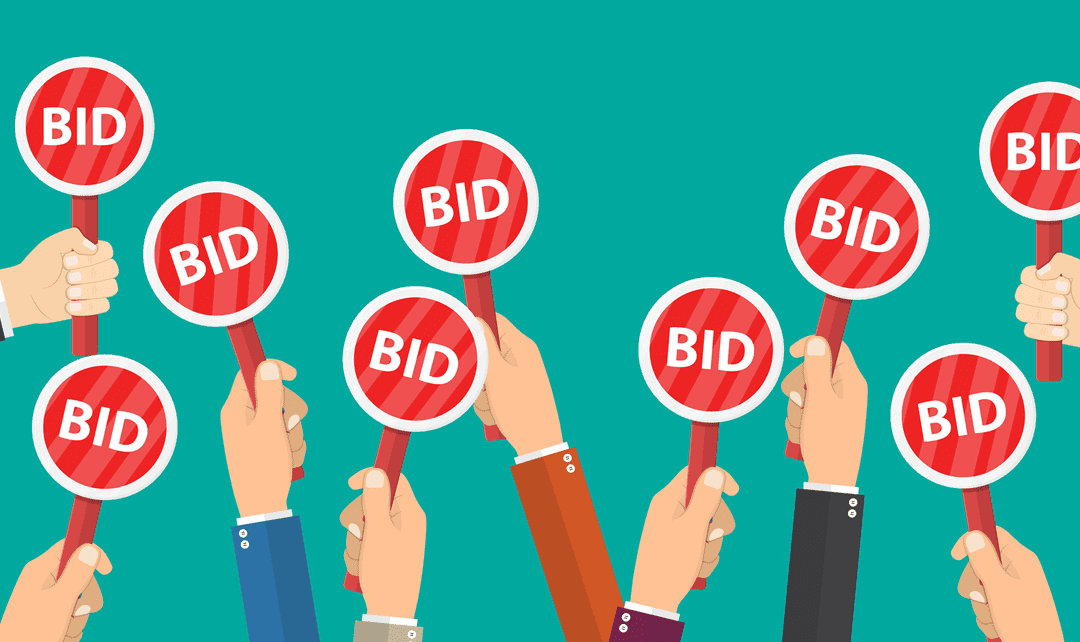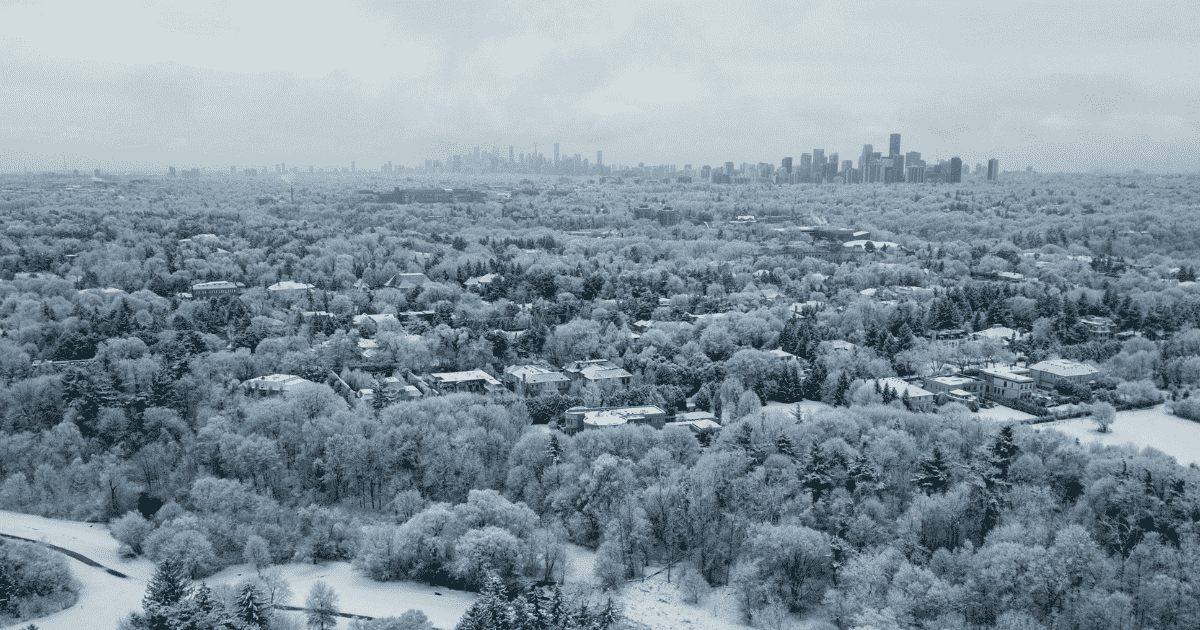At the start of each negotiation designation course that I teach, I ask the learners, “What is your biggest challenge right now?” and the answer from the majority of people in the past two weeks has been, “How do I help my buyer know what price to offer in multiples?”
Let’s dig into this a little bit deeper.
There is an array of numbers to consider. The asking price carries little importance except how many buyers will be attracted to the property. There is market value, which is difficult to estimate in a strong sellers’ market. There is the price that your buyer can pay based on their financial situation, and there is the price that they would like to pay.
Since they can’t pay more than they can afford, their offering price will fall somewhere between the last two numbers. Several factors will influence their decision: How badly do they want the property? Do they need a home, and do they believe that values will continue to rise? Only the buyer can answer these questions; the agent helps them build the framework.
It’s your job to help your buyer establish a reserve price, which is defined as the price at which they are indifferent between a deal and no deal.
If they want the property, and there are several other offers, your buyer will likely choose to offer their reserve price. Holding anything back creates a risk of losing the property and isn’t prudent unless the buyer is okay with that risk.
When I purchased my acreage in the Gulf Islands recently, my internal dialogue kept asking me, what is the price at which I don’t want the property? While it didn’t make it crystal clear, it helped me see it more analytically. When my offer was successful, and I owned the property, I felt great about my decision because I knew the number I offered was well thought out.
The other factors to consider are the terms and conditions in the offer. Your buyer should make them as advantageous to the seller as possible to increase the chances of their reserve price being accepted. Also, you want to build some connection with the listing agent so that your offer is taken more seriously than the other offers.
In many markets across Canada, the winning offers are unconditional, and if your buyer’s offer isn’t unconditional, you aren’t in the game. I would suggest not even making the offer because the number of bids registered helps drive the final selling price higher. If conditional offers are still common in your market, an unconditional offer will give your buyer the best chance to buy the property. Yes, it’s risky, and only the buyer can decide if they can take that risk. More on this in my next column.
Help your buyer establish their reserve price based on the best information you can gather. Make the terms and conditions as beneficial to the seller as you can. Build a connection with the listing agent and present your offer by zoom or by email.

Suze Cumming is the founder of The Nature of Real Estate and Canada’s Real Estate Negotiation guru. Suze and her team have run over 5000 real estate professionals through negotiation designation courses since 2013 and have guided many top agents and teams to their success.
Her courses, the Accredited Real Estate Negotiator (AREN) and the Professional Real Estate Negotiator (PREN), are Canada’s newest and fastest-growing designation. These courses are offered live online in small interactive groups or in person for brokerages and boards.
Suze is passionate about two things. Helping REALTORS get massively successful results for their clients and for themselves. And Sailboat racing. When Suze isn’t on a stage or in a zoom room, you’ll find her racing her sailing yachts in various locations around the world.
For 38 years, Suze has been passionate about real estate and the lifestyle that it makes possible for each of us. She knows for sure that the only way to the top is to be remarkably good at what you do.












